Archiving Olfactory Experiences / February 7, 2017

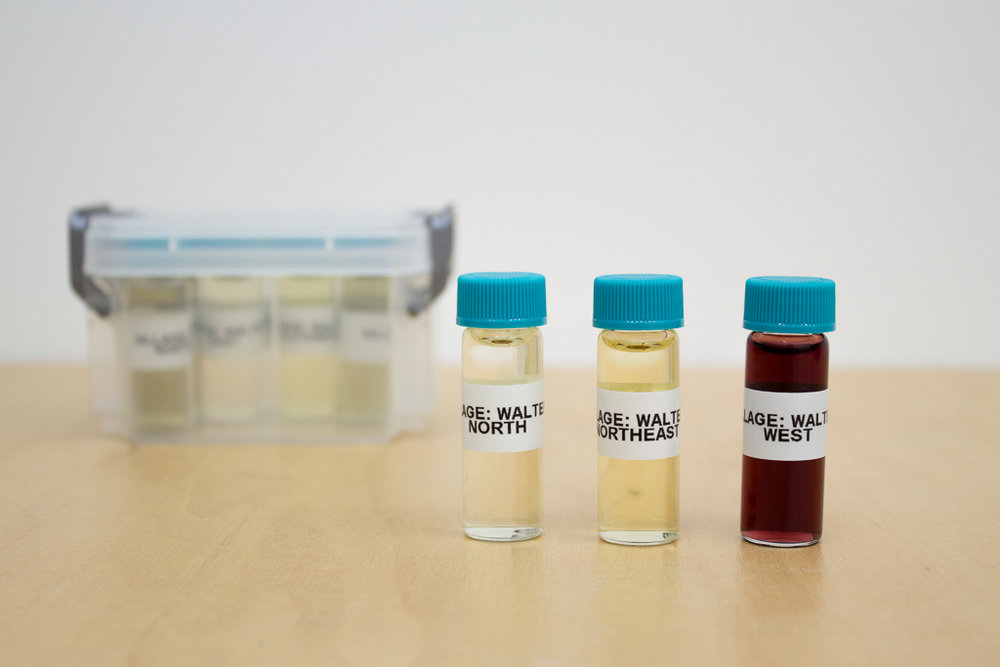
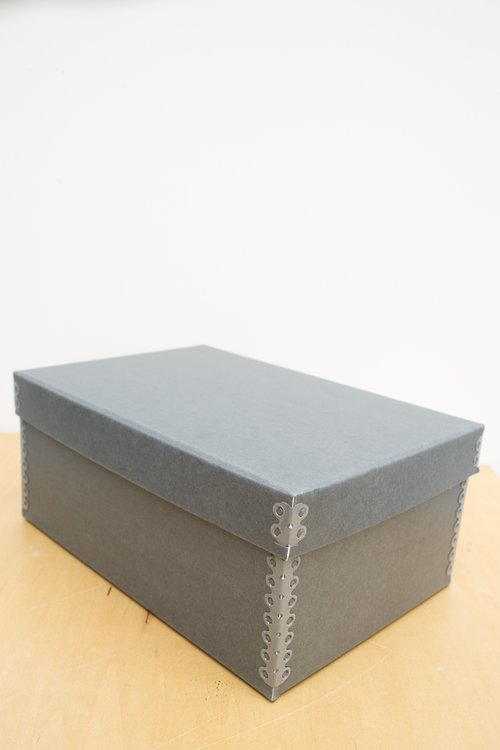
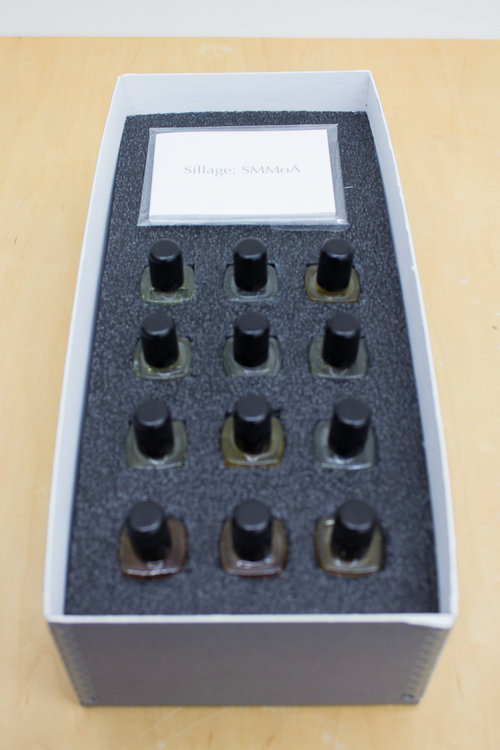
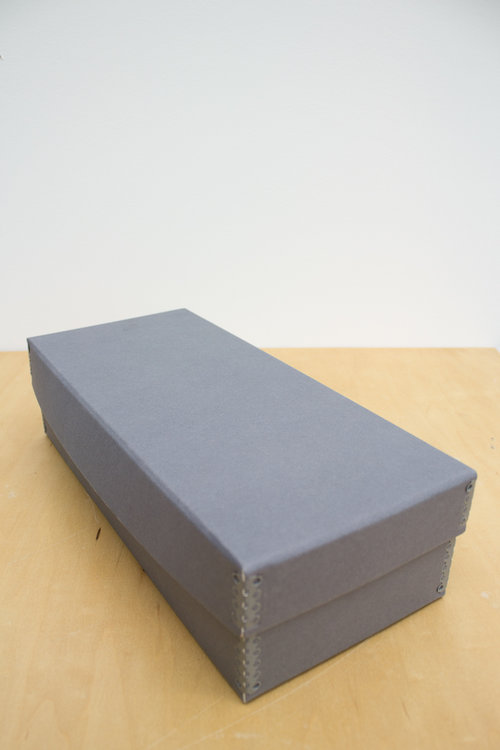
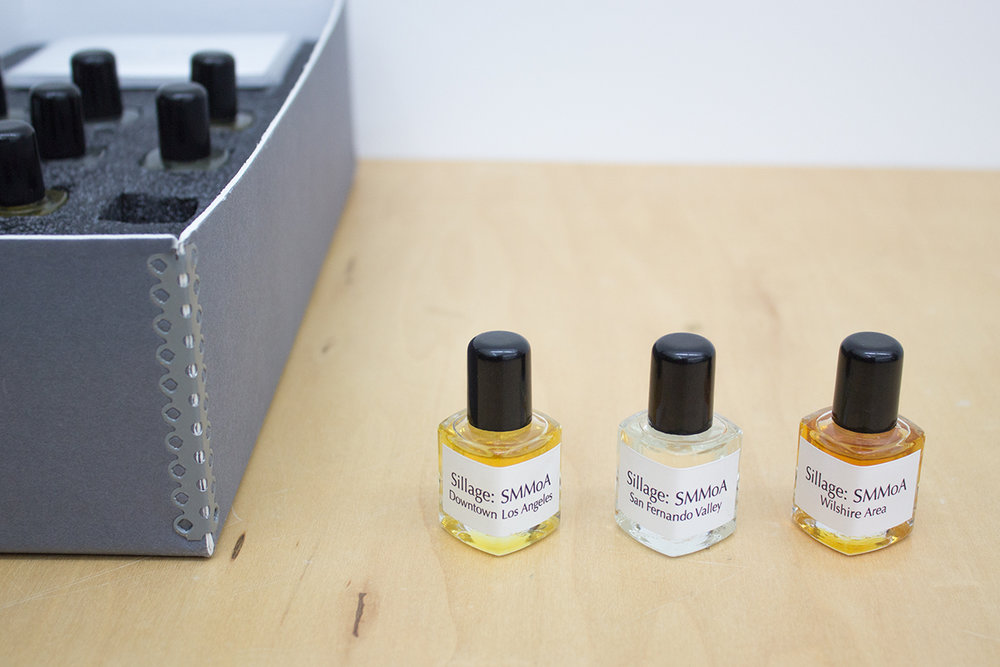
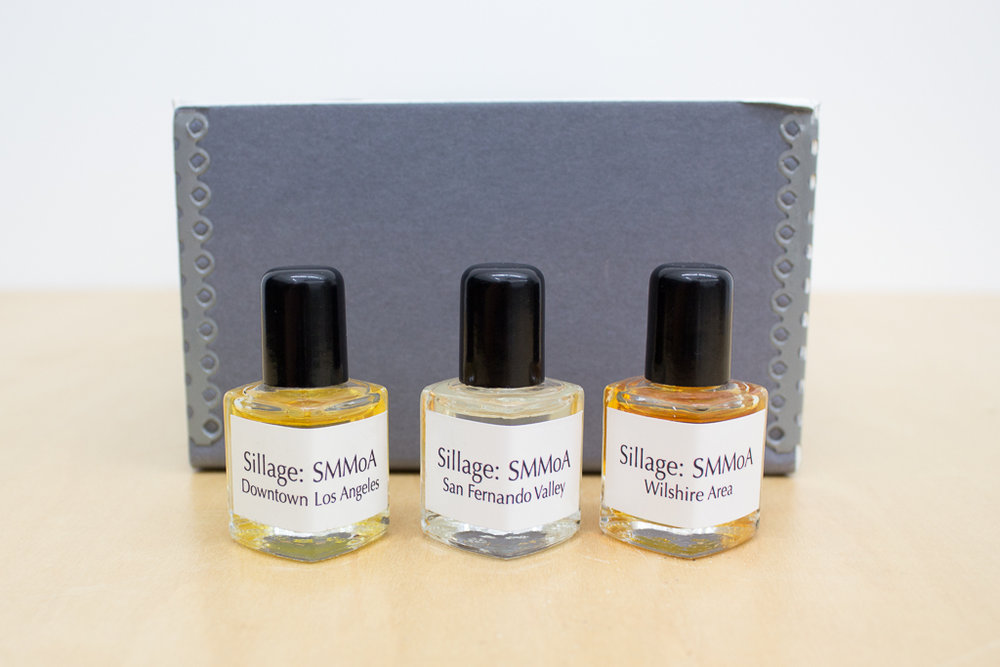
Views from two archival editions of Sillage.
Images 1 - 3 from Sillage: Walters Archive, artist’s multiple (edition of 2), 11 1-dram vials of artist-made fragrance, 29-page booklet in archival box, 8” x 12” x 5”, 2017.
Images 4 - 7 from Sillage: SMMoA Archive, artist’s multiple (edition of 3), 12 2-dram vials of artist-made fragrance, 39-page booklet in archival box, 5.5” x 12” x 3.25”, 2014.
I just put together an artist multiple in the form of an archive for the most recent iteration of my project, Sillage. I kept one for myself and shipped the other one off to the museum. It is this occasion that has me thinking about artists’ archives.
It’s not unusual for me to go through my archives and be really impressed with a project that I’ve done in the past. Suddenly I feel like I’m doing a studio visit with an emerging artist and realize he is doing better work than me. In a short span of time I go from being engaged, to feeling jealous, to (after realizing it’s my own work) feeling somewhat prideful. But that doesn’t last long because I then feel ashamed that I didn’t remember much of this in the first place. Of course I recognize the project by name, but it takes more than a name to trigger meaningful recollections about the work — what it did, and what it might do now. That’s a big reason why I archive my work.
But I wonder, what criteria does one use to establish the success of an archive? For me, my archives personify memory in an idiosyncratic way that allows me to both experience the work anew and consider the many devices archival materials can use to engage one’s memory and imagination. My criteria obviously privilege the open nature of the original work and the impossibility to adequately record the multitude of experiences and modes of participation that shaped the work’s creation.
Since this type of work (artists’ archives) cross over into other fields — namely archival and library science — I concede there are far more disciplined uses for the archive, each with its own criteria for success. I’m sure these folks would have a more rigorous take than I on the question, Can you put the “open work” in a box? Conventional wisdom suggests that archiving time- and situation-based artwork is problematic. To what extent can images, video, and critical reviews adequately convey the experiences of those who witnessed such works? And to speak specifically to the domain in which my work is often considered, what about olfactory art? How does one archive the scent-based project, much less the experiences (perceptions, social relations, conversations, etc.) that emerged between participants or patrons? The meaning of the scents are beholden to the context in which the project was played out. (For example, in the case of Sillage, the context was the museum as cultural site and cinematic backdrop around which participants, acting as walking perfume blotters, engaged in conversations about the scents of their city. So the Sillage archive contains the scents designed for the project, a narrative about the design process, as well as photographic and statistical support material.) Olfactory art is often just volatile molecules awaiting evaporation at the right place and time. That gives added dimension to the concept of the “open work!”
It’s stating the obvious, but the open work is inherently resistant to closure. And the olfactory open work more so. To archive a smell is to preserve its material form. Yet, to smell something is to witness the odorant’s (or smellable molecules’) evaporation. There is no digitizing of the olfactory archive. At least not as far as I know. Of course gas chromatography and mass spectrometry can be used to reverse engineer a scent. But it’s a stretch to think that one can simply “whip up” an equivalent batch of said scent from a GC-MS analysis. Furthermore, it’s not like this sort of digitization democratizes the archive in a way that is equivalent to scanning archival images and texts in order to make them accessible to a public via the Internet. I’m a pragmatist not a futurist, so I could care less if this technology exists after I am dead. What I am interested in is the lack of archival evidence of the many canonical (and so-called visual) artists who have worked with scent over the past century. Even if other aspects of their work has been preserved, the olfactory dimension likely has not. That’s why I am for personal, eccentric archives. That, and the fact that I have a really bad memory for what I have already done.


